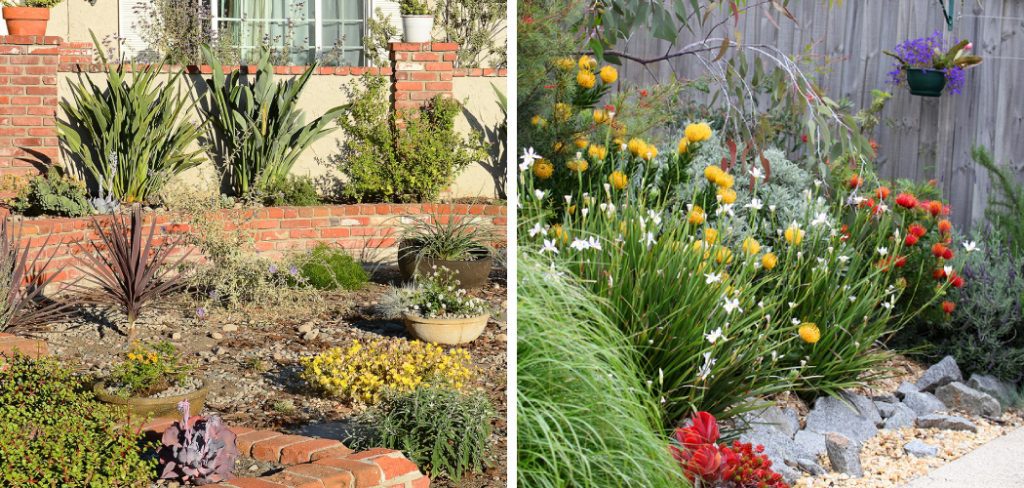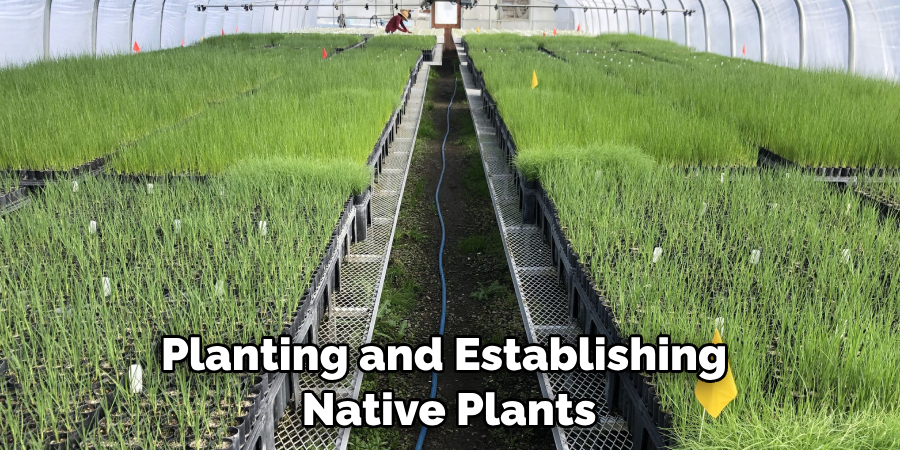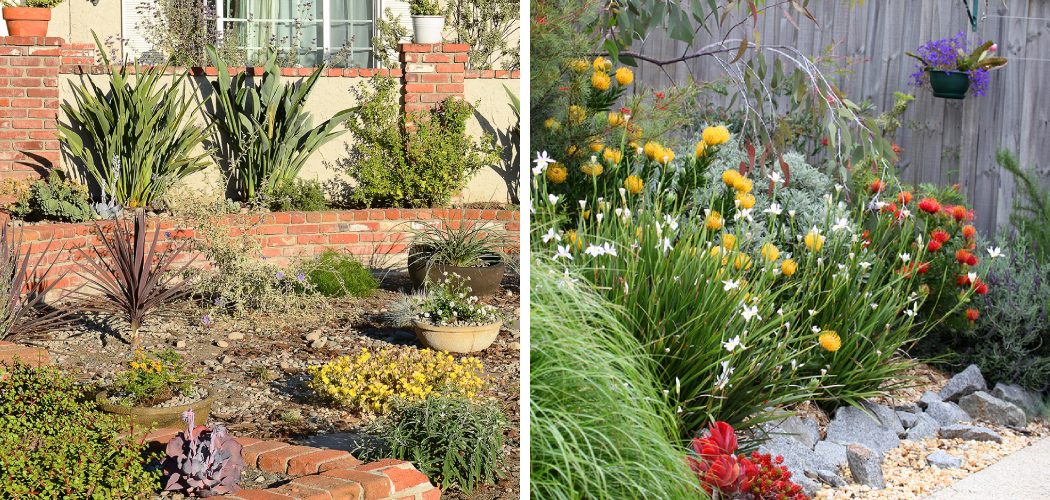To convert lawn to native plants, remove the grass and prepare the soil by adding compost or organic matter to promote healthy plant growth. Consider choosing native plant species that are well-adapted to the local climate and require less maintenance.
Introduce the native plants to the area, providing them with adequate water and sufficient sun exposure. Monitor and care for the plants regularly to ensure their establishment and growth in the new landscape. With proper planning and maintenance, transforming your lawn into a native plant habitat benefits the local ecosystem and reduces the need for excessive watering and chemical inputs.

How to Convert Lawn to Native Plants: Step by Step Guide
Choosing The Right Native Plants For Your Lawn
Choosing the right native plants for your lawn is crucial for a successful conversion. Native plants bring numerous benefits to your landscape. They are adapted to the local climate and require less water and maintenance compared to non-native species. Additionally, native plants provide habitat for local wildlife, such as birds, butterflies, and bees.
They also help to improve soil health and prevent erosion. When selecting native plants, consider factors such as sunlight exposure, soil type, and water availability. It’s important to choose a diverse range of plants that will thrive in your specific geographical area.
By converting your lawn to native plants, you can create a sustainable and environmentally friendly landscape that supports local biodiversity. It’s a small change that can make a big difference.
Preparing Your Lawn For Native Plants
Converting your lawn to native plants starts with assessing its current condition. Evaluate the health of your grass and identify any problem areas. Next, it’s essential to remove the existing turf and weeds thoroughly. Once the landscape is clear, prepare the soil for the native plants.
You’ll want to ensure it is fertile, well-drained, and free from any debris or compacted spots. Native plants thrive in their natural habitat, so creating the right conditions is crucial. Consider adding organic matter or compost to improve the soil’s quality.
By following these steps, you can successfully transition your lawn to a beautiful and sustainable native plant garden.
Planting And Establishing Native Plants
Planting and establishing native plants requires a thoughtful approach. First, creating a planting plan is essential for success. Take into account the natural conditions, such as sun exposure and soil type, when choosing appropriate species. Next, proper planting techniques are crucial.

Dig a hole that is wide and deep enough to accommodate the plant’s roots, ensuring good contact with the surrounding soil. Gently firm the soil around the roots to eliminate air pockets. After planting, applying mulch helps to conserve moisture and inhibit weed growth.
A layer of 2-3 inches of organic mulch is recommended. Water the plants thoroughly after planting and continue to provide regular watering until they become established. By following these steps, you can effectively convert your lawn to a beautiful and sustainable landscape of native plants.
Maintaining A Native Plants Paradise
Maintaining a native plants paradise requires careful consideration of native plant care and maintenance. Dealing with pests and diseases is crucial to ensure the health of your native plants. Regularly inspect plants for signs of infestation or disease and take appropriate measures, such as using organic pest control methods or removing affected plants.
Additionally, it is important to provide proper watering, fertilization, and pruning based on the specific needs of each native plant species. Seasonal maintenance tips are also essential to keep your native plants thriving throughout the year. This may include applying mulch to retain moisture, trimming back plants after flowering, and protecting them from extreme weather conditions.
By following these practices, you can create a sustainable and vibrant native plant paradise in your lawn.
Frequently Asked Questions Of How To Convert Lawn To Native Plants
How Do I Convert My Lawn To Native Plants?
Converting your lawn to native plants involves several steps. First, remove the existing turf and weeds. Then, amend the soil with compost and organic matter. Next, choose native plants suitable for your region and install them. Finally, maintain the new native plant garden with regular watering and mulching.
What Are The Benefits Of Converting A Lawn To Native Plants?
Converting your lawn to native plants has numerous benefits. Native plants require less water and pesticides, promote biodiversity, provide food and habitat for wildlife, and require less maintenance. They also help to reduce stormwater runoff and improve soil health.
How Do I Choose The Right Native Plants For My Region?
When choosing native plants for your region, consider the climate, soil type, sunlight exposure, and water availability. Research which native plants are indigenous to your area and identify those that are suited to the specific conditions of your yard. Local garden centers or native plant societies can provide guidance on suitable plants.
Conclusion
Transitioning from a traditional lawn to a vibrant garden filled with native plants is a smart and eco-friendly choice. By following the steps outlined in this guide, you can transform your outdoor space into a thriving ecosystem that supports local wildlife and helps conserve resources.
Start by assessing your soil and understanding the unique needs of the native plants you want to introduce. Then, implement proper lawn removal techniques such as solarization or sheet mulching to ensure effective results. Choose a variety of native plants that complement each other and create a visually pleasing landscape.
Lastly, remember to provide necessary maintenance like regular watering and pruning to support the growth of your native plants. As your garden flourishes, not only will you enjoy the beauty of the natural world, but you will also contribute to the health and biodiversity of your local environment.
Embrace the power of native plants, and let your garden thrive!

